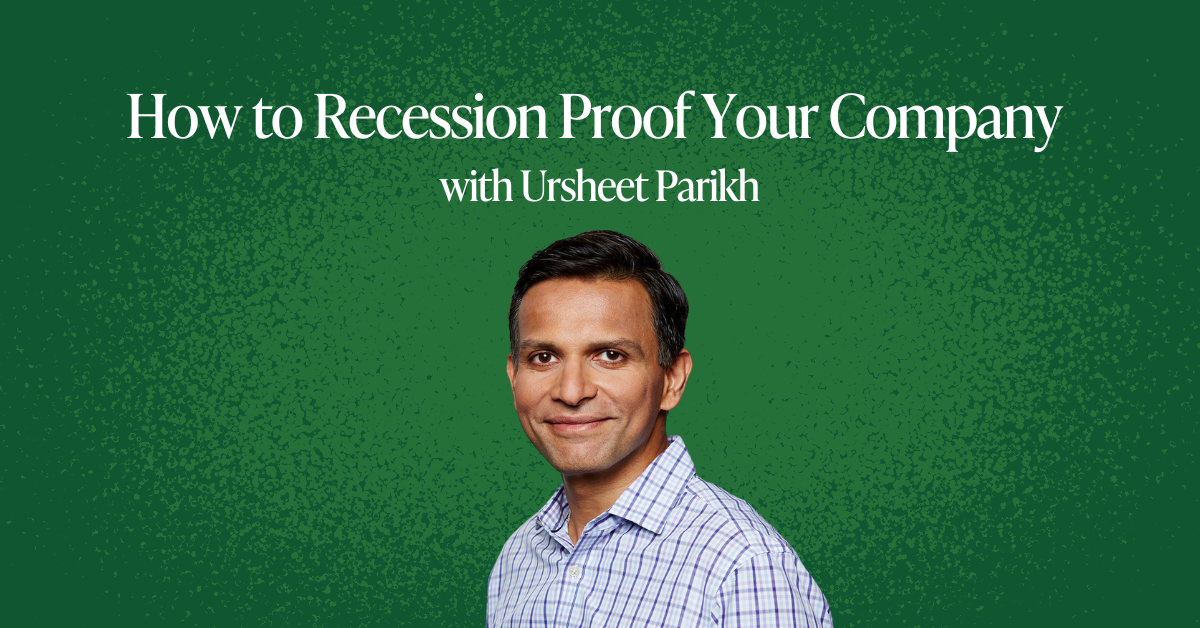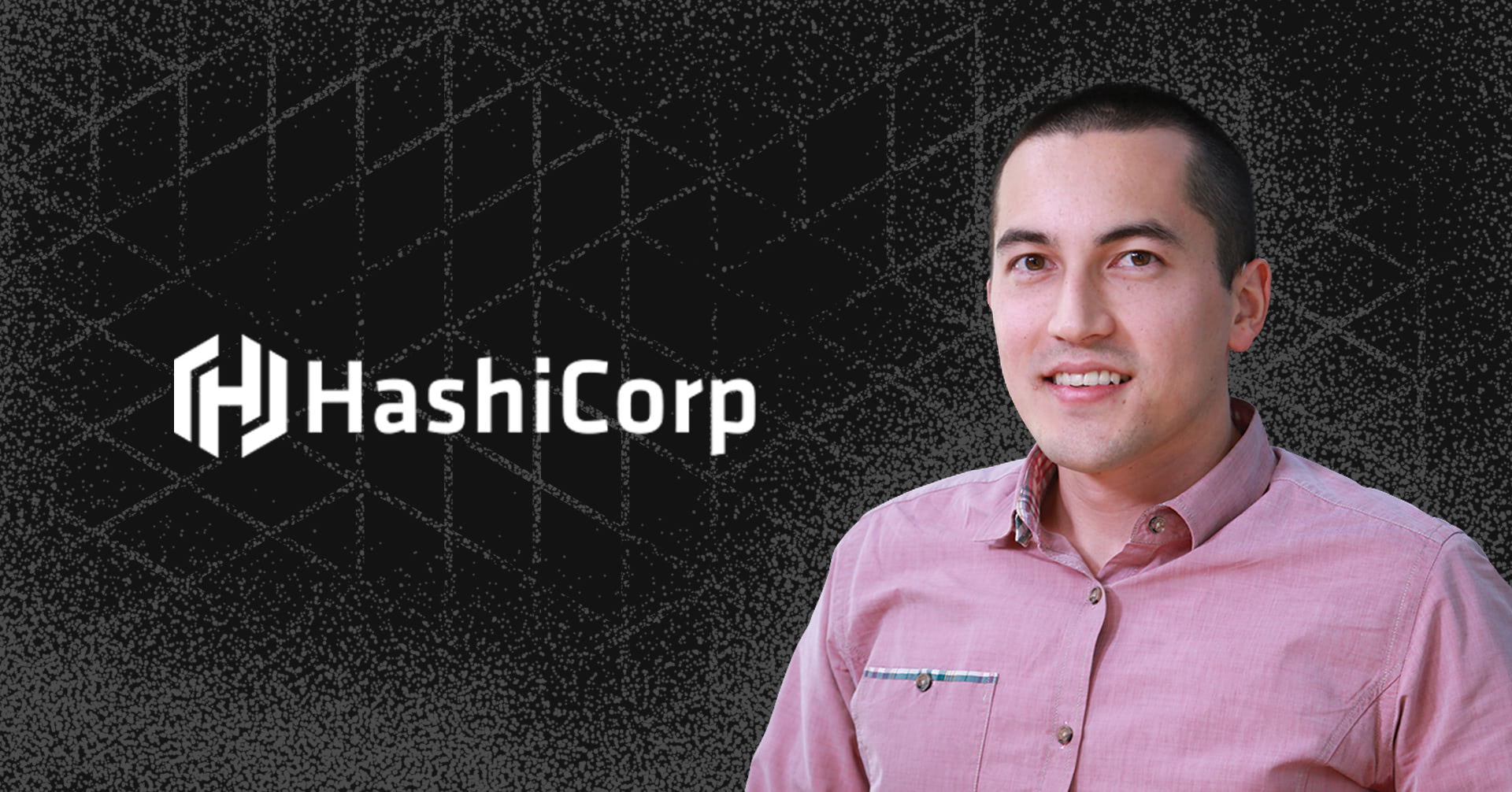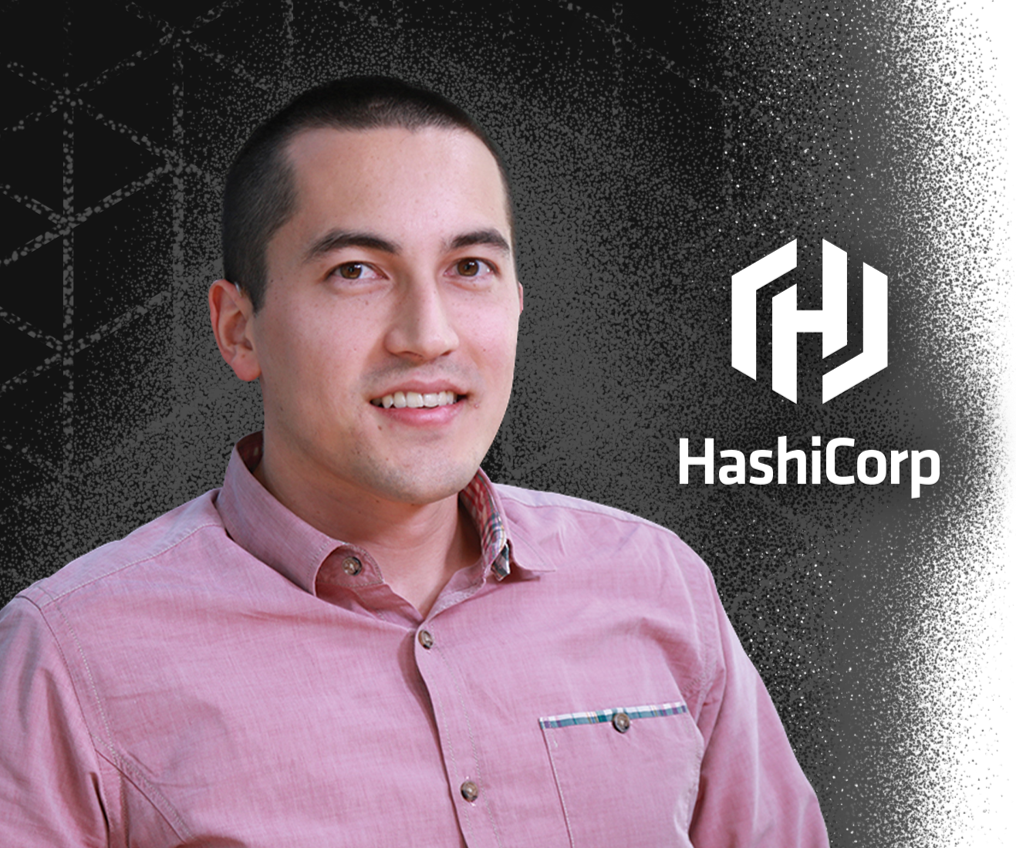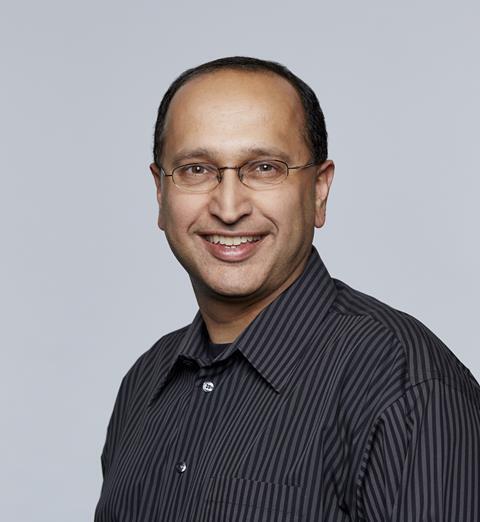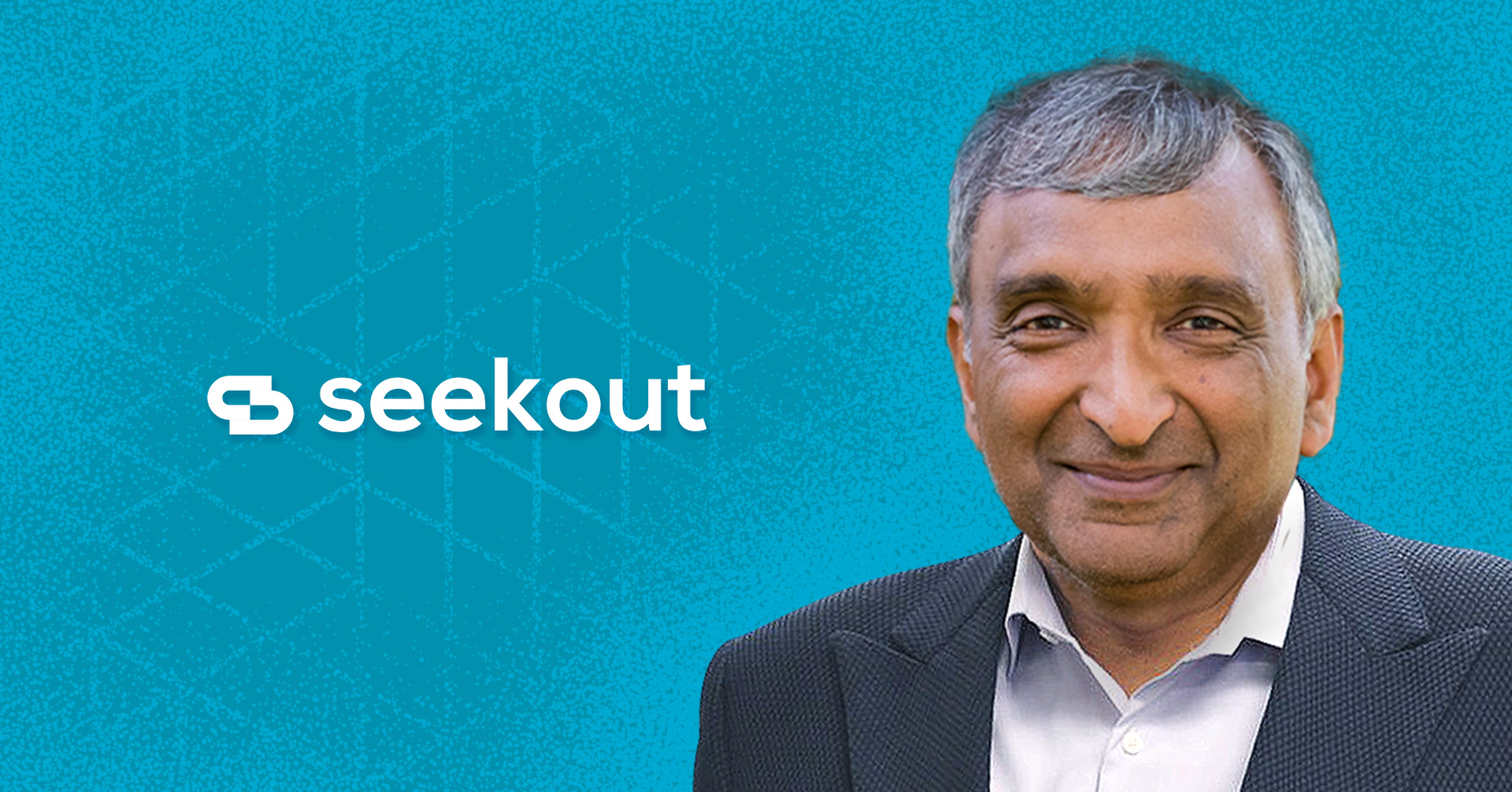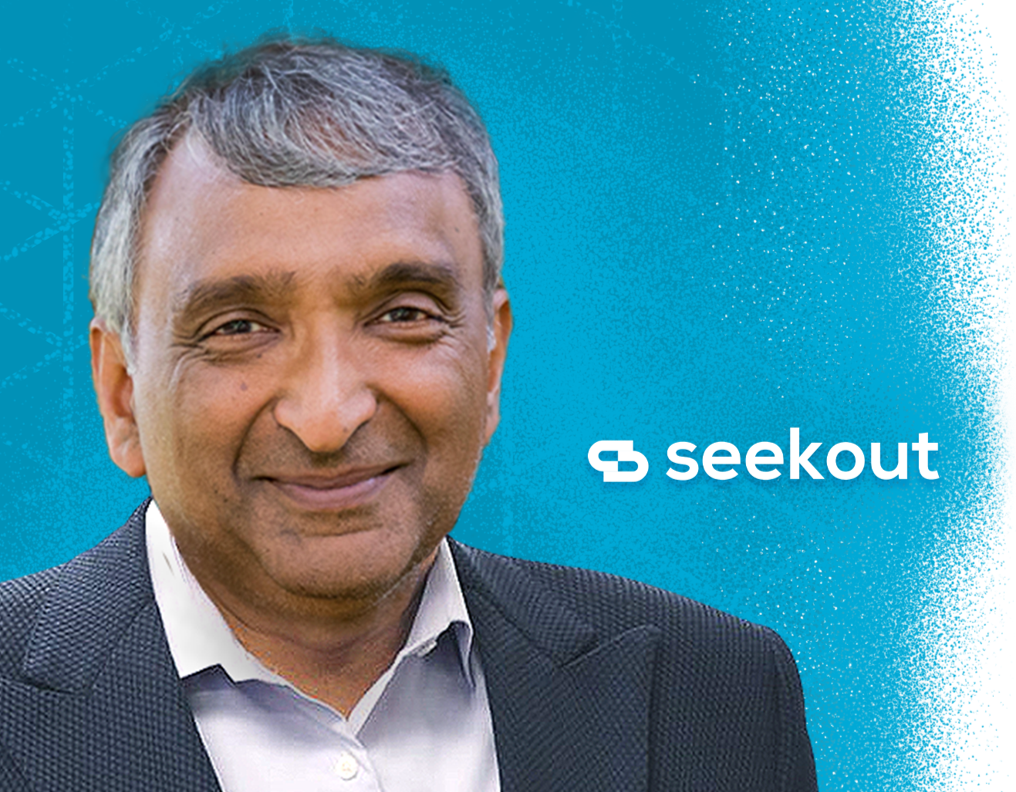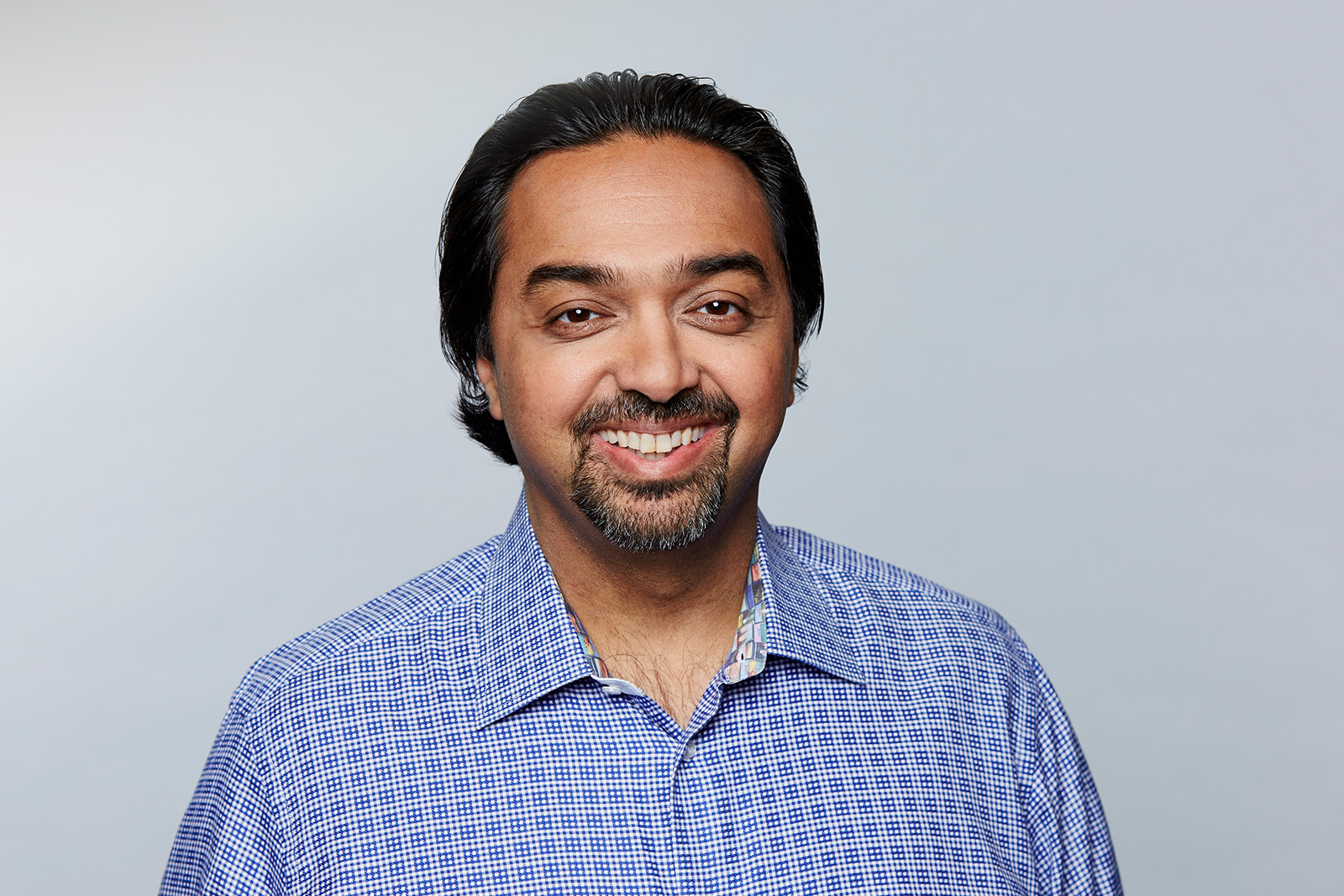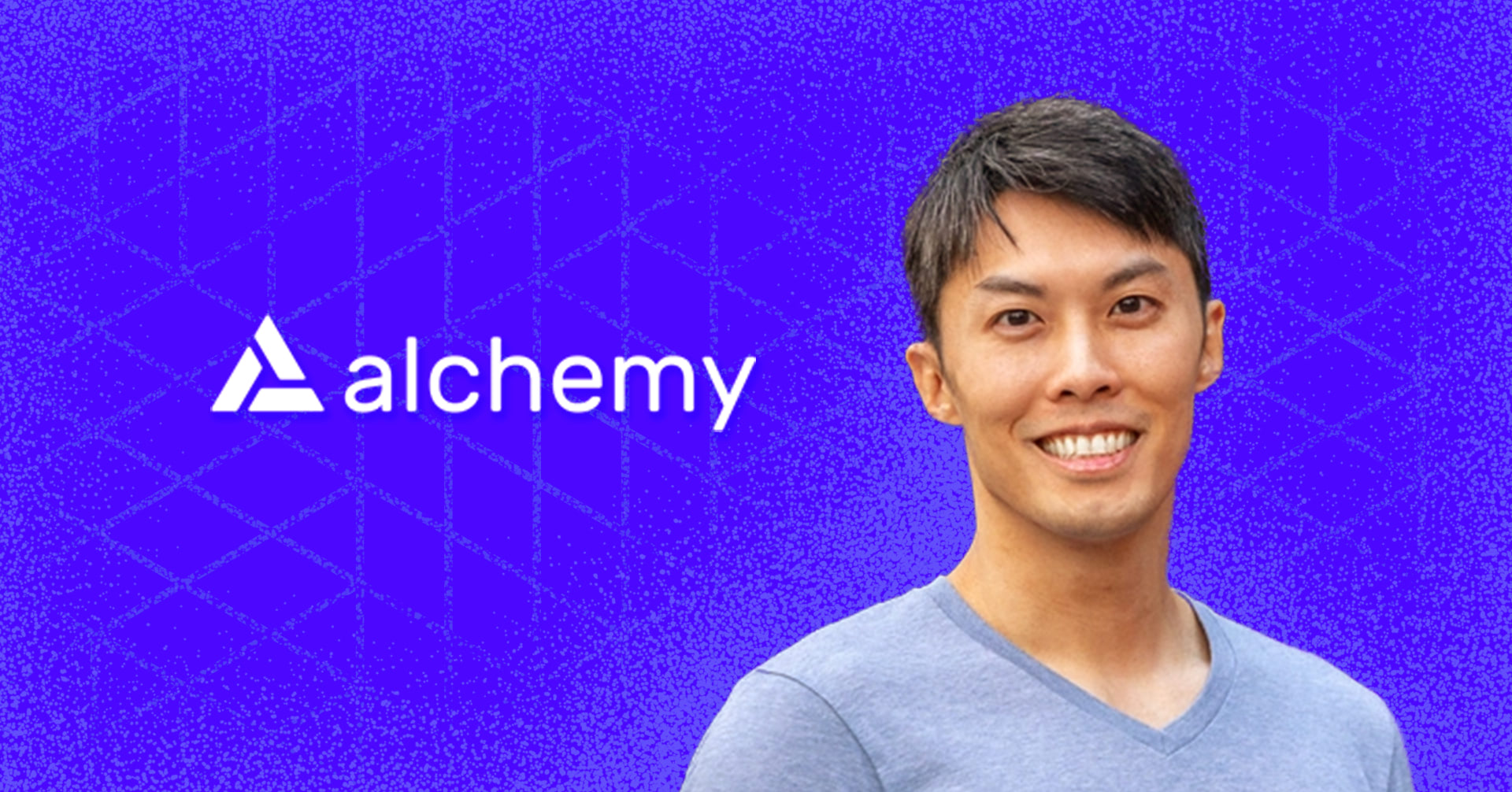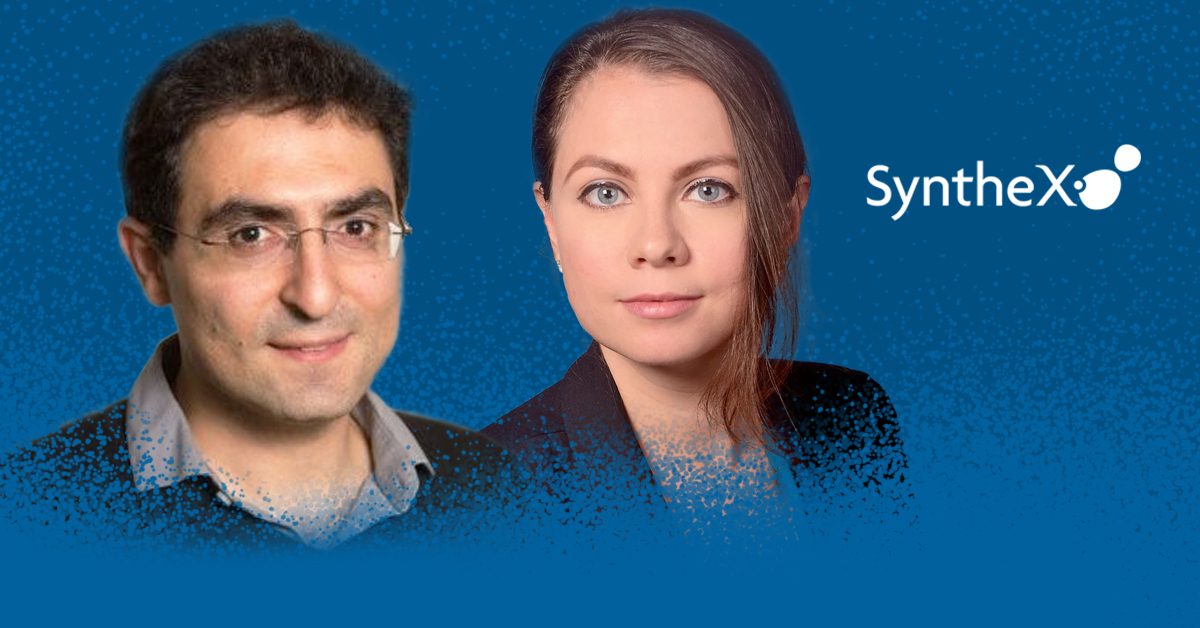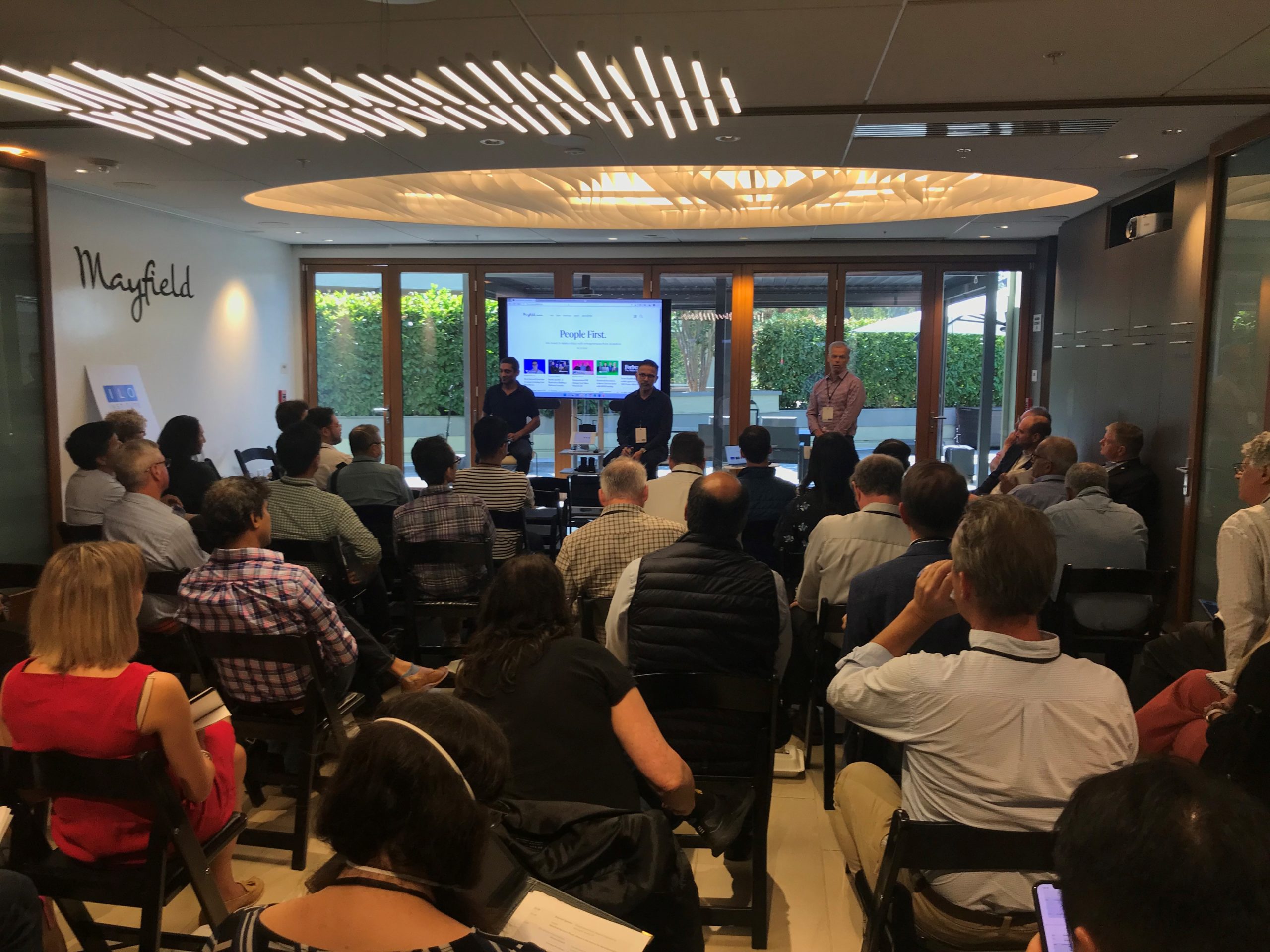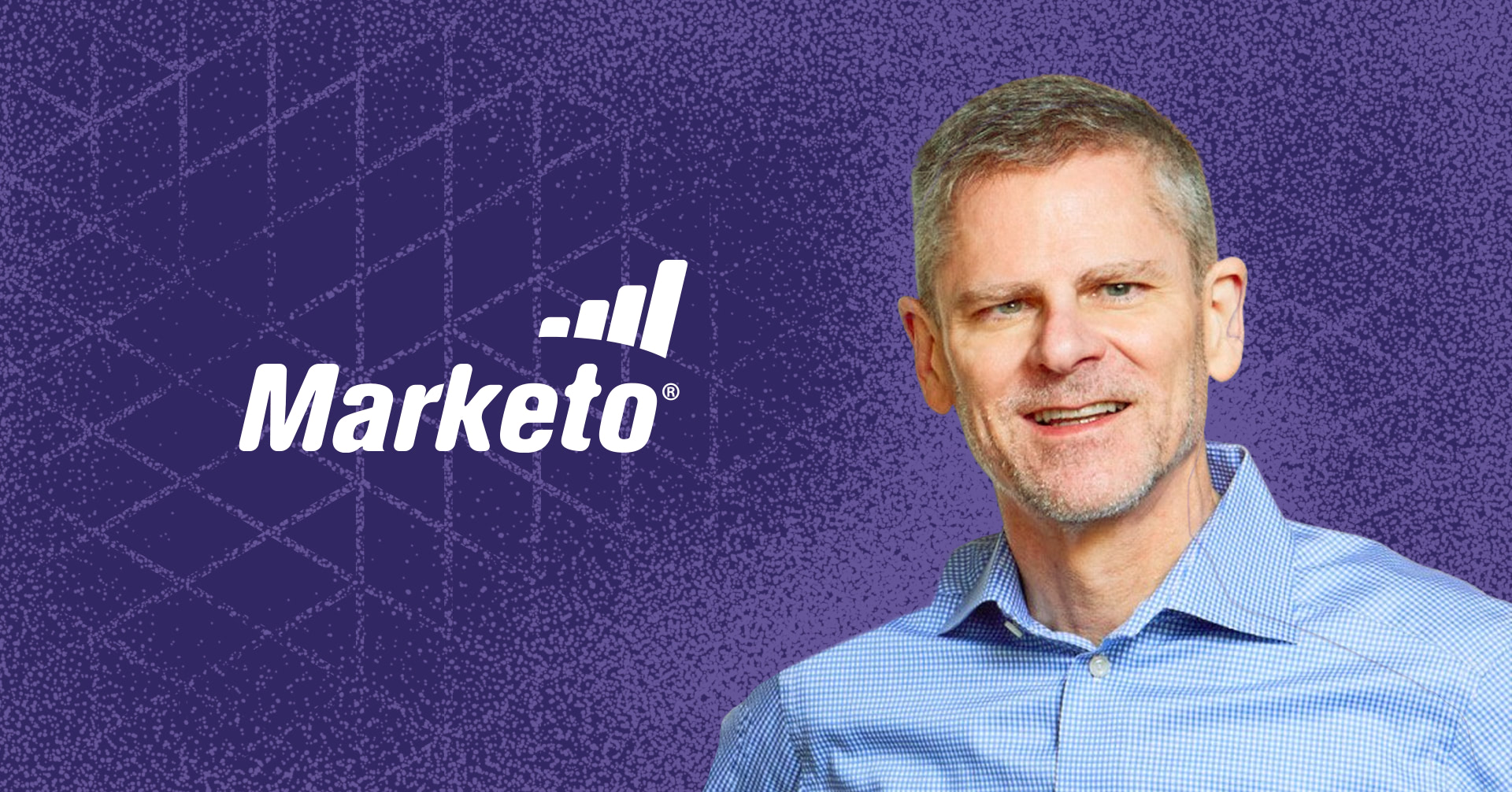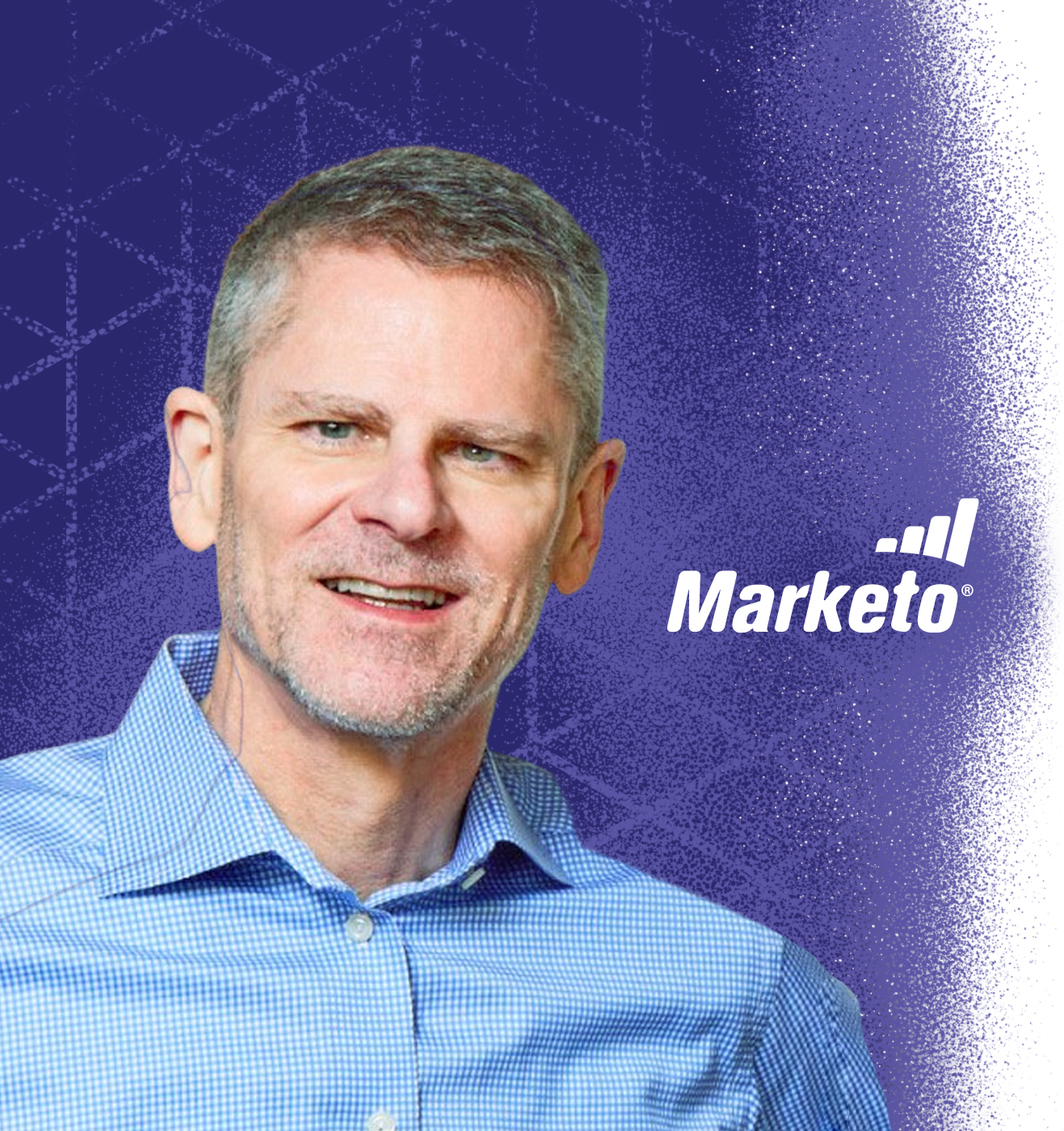Neesha Tambe:
Welcome again to the TechCrunch Startup Battlefield Masterclass Series. For those of you who haven’t joined our past masterclasses, this is an opportunity for you to hear from experts in this space about a variety of topics. I know a lot of you are very interested in what we’re going to be talking about today, which is how to recession proof your company. So with that, I want to take a second to introduce our folks on the call today – first we have Ursheet Parikh, who is a partner at Mayfield and he invests primarily in cloud computing, cybersecurity, human and planetary health.
Before Mayfield, he had a successful operating career as a serial entrepreneur, executive at Cisco and Microsoft. And then in the summer of 2009, during the height of the great recession around the time where a lot of us joined the workforce, Ursheet co-founded and was the CEO of StorSimple, and that company became the leading cloud integrated storage company which was acquired by Microsoft in 2012. Now, if you’re looking at those dates, you know that those are some really big economic moments in the country and in the world. So we’re going to have some really exciting stuff coming down the pipeline from him.
He was also an entrepreneur for a startup that failed when the dotcom bubble burst so we have the spectrum of both successes and lessons learned as well. And with him there is Kelsey from the Mayfield team. She is on the marketing team at Mayfield and her mission is focused mostly on delivering Mayfield’s brand promise to entrepreneurs and providing a range of support to the portfolio companies. She graduated from Stanford in 2018 and has been with Mayfield ever since. With that, I will let you two take it away and again, thank you so much for joining us and sharing your wisdom. We’re really excited to have you today.
Ursheet Parikh:
Thanks for having us here, Neesha. And Neesha and Kelsey, thanks for pulling this together. I think Kelsey’s going to run this as a Q&A but Neesha, you know your team and your audience really well so please feel free to chime in with questions as well.
Neesha Tambe:
Sounds good, will do.
Kelsey Reardon:
I wanted to give a little bit of context about Mayfield before we jump in. Mayfield is a 50 plus year old venture capital firm. We were founded in 1969 and we’ve always been very focused on having a people first philosophy. Our founder always said, “People build products, products don’t build people.” And that’s carried through all four generations of leadership at the firm. Our team has a lot of entrepreneurial DNA. You heard a bit about Ursheet’s background and founding companies, and our investors all have some founding experience.
We’re very focused on investing in companies at the earliest stages, what we consider inception stage. And we work with them all the way through what we would call iconic, an exit IPO and beyond. We invest across consumer, enterprise and human & planetary health. Some of our portfolio companies include HashiCorp, Lyft, Outreach, Mammoth, Alchemy, Poshmark. And so, that’s Mayfield at a glance. With that we can jump in and Ursheet, I would love to start by hearing more about your experiences in building companies in both 2000 and 2008.
Ursheet Parikh:
Sure. I’ll give a quick background on my journey. I graduated with a degree in computer science. I grew up in India and I ended up getting a job in Orange County with White Consulting and that gave me a lot of exposure to the C-suite. The internet was coming into business in the late 90s and so, after a year or so on that job, I left to start a company. That’s when I moved up to the Bay Area in 99. And it was just an amazing time to move up here. I had four other co-founders andwe raised what was back then called a series A of $4 million at 10 pre, these days that’s called a seed round. We got a product in the market, got some customers and signed a term sheet. We had several options, and we picked the highest valuation option.
01, 02 started happening before the round could close, some of our customers went bankrupt and our lead investor asked us to move on without them for the round. They had given us a bridge and they said, you can keep it. So that was then a very hard pivot for the company. I left the company as it moved away from core tech to services. l asked around and I was introduced to what was probably the highest pedigree team I could find where the CEO had been a successful CEO and had built a really nice company that had been sold for a good price. The board had an amazing track record, they had helped found and sell companies of over 20 billion.
I went and joined that company and a year later that company shut down as well, and I learnt a lot of lessons. But that company had lots of financing options and most of them were not good enough. And by the time they were ready to take money on the terms that were offered to them, the world had moved on. I don’t know how many founders here are immigrants or on H-1B. But you typically have to leave the country in a couple of weeks or find a job. So then I ended up joining a company that was acquired by Cisco. And I saw Cisco get built from zero to scale. At the same time, I had joined a San Francisco Wharton program. And when I was done with that, I figured I still had not felt that I’d built a business from scratch, from the ground up.
And so in 05, I got the opportunity to start a new business and a new product for Cisco. And from 05 to 09 it went from a concept product to something close to a hundred million dollars a quarter. And that was the only time that Cisco had a new product or business built like that without spending a billion dollars buying something. And so, now comes to 08, 09, we are sitting in another recession. I felt that I actually wanted to go ahead and do another company, but it’s just a really, really tough time. I get looking for co-founders, I get introduced to someone and that is when we form StorSimple in 09. Then the next four years are pretty cool. We get the concept, the product to market and show the scalability of the business model.
We get the business really tracking. And as we are doing a growth round within Microsoft, one of the GTM partners acquires us. Before we got acquired, my primary contact there had been Satya Nadella and this was his largest acquisition before he became CEO. By the time I left Microsoft, it was considered one of the most successful acquisitions we had. As an acquisition it counted for a very significant portion of Azure revenues and it was 10 times the acquisition business plan three years out within the first year. And that’s when I had the opportunity to join Mayfield. And so, I look at my operating life and within the first 10 years we had two recessions. and now… And my investing life, I look at the last 10 years and we had a little blip. There was a big challenge for the world. We’re all products of our experience. You can then put this context on top of your own experiences and see how much of that may or may not apply to what you want to do.
Kelsey Reardon:
Yeah, you’ve got a lot of lived experience and not to mention the past, close to 10 years at Mayfield. So based on all of that experience and what you’re seeing now, how should these founders think about running companies in this downturn?
Ursheet Parikh:
So every company and every stage is different, the challenges are different. But I’ll say that the core of company building is about building and selling amazing products, right? And everything else is overhead. In the end you want to have a strong mindset and culture so that people believe in the mission. You need a very strong culture to make it through tough times. And the culture is not really a set of statements, it’s the lived experience. Why are your people spending long hours at work? Why are they making the personal sacrifices to be at a startup?
By definition the odds are generally stacked against a startup. In the startup that I co-founded, I had quite a few of my college friends. And as things got tough, people started coming in later into the office, but they still left late. So, it went from people coming in at 10:00 and leaving at 10:00, to people coming in at noon and then getting lunch and then still leaving at 08:00 or 09:00, and it starts feeling tough and miserable.
And then when things were going well, two of my best friends in the startup that had a successful acquisition, we’re still great friends 20 years later, both got divorced. And so, it’s important to set up company culture for longevity because in many ways when people are working at a startup, they’re bringing their full selves and their families along. And so, when people are behind a mission they understand the challenges.
It’s a true test of a founder’s leadership skills. An example of something that I would do at StorSimple is invite everyone’s families to company events. We’d pick a time when people could be there. Over the years people developed friendships, and the families could see what people were working for.
We decided to pay for breakfast and lunch, and if somebody was in the office late and wanted to order dinner, that was fine. But as a leader, I did not schedule a single meeting after 5:00 PM. It didn’t matter that our team would go home and then plug in and continue working late in the night. It was important that people could get that three hours or so of family time or personal time or workout time. I added a lot of resilience into the culture. So you want to think about resilience and strength, right? You don’t want to let the highs take you to the clouds, but in a tough market you don’t want the lows take you down. And as founders it’s important to understand that your mood is reflected in the company. And that is one of the crosses of leadership to bear.
Kelsey Reardon:
You have to be supporting your team during challenging times because they can’t bring their full selves to work if they’re dealing with a lot of uncertainty, right?
Ursheet Parikh:
Correct. So then how do you as a founder support your team, right? As a leader it’s useful to have either one or two advisors, board members or investors who act as your support team as you work through challenges and strategic issues. These advisors can show you what’s around the curve, right? In my first startup that failed, we had a term sheet to raise $8 million in a Series B at 30 post. Instead, we ended up picking a term sheet which was $15 million at 60 post, right? And of course, the difference was that the former was from a very top tier firm who had enough experience in helping founders navigate through downturns, and they could see where things were coming. And the latter was a fund which was born in the past decade. And so, it does come down to how you take advice.
You have to remember all history, not just the recent history. So for example, if you look at SaaS companies in the enterprise space, during the peak of the market, companies were going public at 50X trailing revenues, right? These were companies like Snowflake or HubSpot. Right now, if you looked at the last 10 year historical average, the top quartile companies are in the 8x to 10x range. And so, currently the market is 8x or even below 8x in some cases. And so you’re not going to see a 30x to 50x, right? We may go from 8x to 10x or 12x.
And so the money that is raised, has to be spent in a way where it gets you an operating plan, gets you the operating metrics for a solid up round. Talent is still going to be very scarce. People who can work at startups can walk out the door anytime. And so, as a CEO you want the company stock value to be going up and to the right. And when it goes flat or down you are very vulnerable to people leaving because there’s the next company that’s always going to get funded, there’s the next large company which can offer a big paycheck. And so you need to set the company up to have the right operating mindset.
It’s important to think about what you really control, and you really control where you spend the money and how you spend your time. And one of my partners at Mayfield, who I knew as an advisor when I was an entrepreneur in the early 2000, he would say, “Startups don’t die of starvation. They die of indigestion.” You can take on too much on your plate. And so, picking a few things and being really focused ends up being very critical, and it’s important to get a sense of the operating milestones.
A natural corollary is you don’t just do something this month because you were doing it last month, right? It’s always worthwhile to take a first principles view and do zero-based budgeting, to really think about what you should be spending time and money on as a team, as a company, as a firm. You have to have some people on your team who are agile athletes but not everybody in the company can be learning on the job. Investors start gravitating towards teams that are reasonably complete, right? Where they have a lot of the core skills to help the company get to that next operating milestone. Also, when you have that team in place, your operating plan looks a lot more credible, right? Versus saying, “I’m going to go ahead and raise this money and then hire this leader for go to market.”
And as an entrepreneur you can see, “Okay you have the money, I’m going to go get these people and then we’ll execute.” The investor mindset on this is, “What is my confidence in this operating plan, right? Who are the people who are going to be responsible for spending the money that’s going to be invested and getting it to these metrics, and have they been the people who came up with the plan?” And so I’ll give a prime example on this, right? So when we did StorSimple I was looking for a co-founder and I got introduced to someone who was thinking along similar lines and was a seasoned repeat co-founder and was in his 40s, he had started a company in the .com years, and had actually sold it for a few hundred million. And then, he had gone on to lead all the engineering for the company that had acquired him and his company. And he wanted to do this other company, and he had been trying to fundraise for six plus months. And it had been relatively challenging.
And then, when he and I came together, we ended up snapping into a much more complete team. And even in 2009 when the country was struggling financially we were still able to go and raise a round in a couple of months. We had four term sheets within a week or so of our first meetings. And what helped was that I had the track record of having been the product, the general manager, the GTM person. My co-founder had this exceptional track record of having been an amazing product person and leader, and we snapped into place.
And for what it’s worth, if I had to tell you what the round was, it was eight at eight and a half with a 20% option pool. And that was still a spectacular round. Most VCs would tell us that you’re asking for too much. And our view was that we would probably not do this company if we weren’t raising the right amount of capital. We didn’t want to raise for an air pocket, we wanted a two year runway because we were doing a deep tech product. And so, when I would ask investors about their concerns, they would say that the Pre-money for Series B is now 12 or 13, pre. And it used to be like 50 pre, and it had to be what it had to be. And then of course, we did a Series B at a 2X markup.
So the first point is you need to have a strong culture, the second point is you have to have an operating plan, right? The third is you want to have your founding team relatively complete.The fourth point is you want to control where you spend, but the thing is that you need to look for opportunities and invest in that. You can’t cut your way to success. So you have to really focus on where the company is, and you want to know where your key operating metrics are and how you’re tracking to those. And once you sense that you’re tracking to some of that, then there is value in doubling down and truly getting ahead. Because a lot of amazing companies get formed and built during this recession phase. And it can feel very daunting for entrepreneurs, right? Because fundraising may feel harder, recruiting may feel harder because now suddenly you don’t have a lot of people, it’s no longer cool to be a startup.
People are more cautious, more worried. Leading your teams is often harder. Selling your products is often harder, right? If some of you haven’t heard of a guy called George Jeffrey Moore, I’d recommend a couple of books from him, one we’re “Crossing the Chasm,” and the other one’s called “Inside the Tornado.” Crossing the Chasm talks about how a lot of companies find early customers and then fail. And then Inside the Tornadoes is about how when your market becomes a full hockey stick, what are the attributes of such markets and what strategies you can take to become a category leader? And so one of the things I looked at was, how do I truly validate that I have a strong proposition, because my feeling was I could sell anything in the bubbles of New York and San Francisco? And is this going to be a core meaningful thing where most of the enterprise customers were located, right?
Our view was that the first sales rep I hired, I wanted to hire somewhere in the middle of America, and it actually was in Detroit. And my view was to do two things. First, we have to be able to scale and support our customers remotely. And so if my customer is local, we probably will be able to just walk down to their office and work through any issues. Second is if we have a proposition that can stick in this geography, it probably will sell everywhere. Selling your product itself is also a lot more work. But you want to enhance, get that intellectual honesty and you want to get a true signal. And it takes a lot of experimentation. So, of the first 40 trials that I had with our product, only two became customers, right? But we had to really learn our lessons and see what to do not do. And we had to iterate and improve. And out of the next 70, 50 became customers. And as an enterprise company, we ended up having over 108 customers within a few quarters.
We had a very extended period of early access where we had a lot of the learnings. And then when we felt things were good, we said, “Okay, let’s go double down and start building out teams.” And even with just four sales people, we were able to get revenues to go from $150,000 to $300,000 to $500,000, $700,000, $1, 2 million, and $3 million in the quarter that we acquired. And there was a lot of teamwork, right? I had an amazing independent board member. She had just started as CEO of a company that was in a similar space but a few years ahead of us. Her name was Jayshree Ullal and I had known her from Cisco, she is the CEO Arista Networks.
She’s one of the most successful entrepreneurs and she is the only self made female entrepreneur in the Fortune 500 who took a company from inception to iconic. So it was amazing to have her as a coach and advisor when she herself was going through the early stage thing, but a few years ahead. I would ask her, ‘How should I compensate sales people’ and she would offer advice based on her experiences. So you have to go ahead and be intellectually honest, to see opportunities and invest in growth.
Kelsey Reardon:
So Ursheet, you had talked about raising that $8 million round, and people were saying you’re crazy, you’re asking for too much. And we have a question in the chat that I think is related to that. Mohammad is asking, “Given the recession buzz looming around us. As an early stage startup, should we be conservative when asking for a pre-seed or seed round?” I would love to hear your thoughts on that.
Ursheet Parikh:
Yeah, so I think that it’s a great question and the answer will depend, but I’ll give a couple of scenarios. So, I think there’s two parts to being conservative. One is the size of the race, the second is the valuation. If you’re a founder of a company and the company succeeds, it doesn’t matter how much of the stake you own. If it is successful enough, it will be a life changing event for you, right? When you do startups, fundamentally there’s a small subset of companies that succeed, most don’t.
As an entrepreneur my view is that I want to maximize my odds of success. So, what is one of the biggest factors that maximize my odds of success? It’s actually having a better balance sheet, more money, right? So that I have more time and more resources to get to the operating milestones that matter. And so, when we were raising that $8 million round we needed that capital to truly make an impact. Now, when we raised our Series B, we had only spent $2.7 million out of the 8 when we raised the $13 million series B. And so, maybe we were too conservative but my optimization function was that I wanted to maximize my odds of success, my stake in the company is only going to go down over time, right? The only thing that I have to focus on is how I take and increase equity value for it to be worthwhile.
And so at the exit, it didn’t matter, right? It clearly became life changing. The company had only 30 people who had been at the company for more than a year, and when it was acquired the majority of them had life changing outcomes. Seven digit outcomes and things like that. So I would not recommend being underfunded, right? I had a co-founder who had a track record and I had a certain track record, so we were good enough for people to fund us right away.
So that would be my high level thinking: don’t underfund your company, if anything else raise more capital to last you longer but think about the cap table. And for all of your early investors and founders, your stake of the company is going to go down. And so, you should just focus on the equity value.
Kelsey Reardon:
And what advice would you give to these founders that are raising in this environment? What are investors looking for in this environment that’s maybe different from what we were seeing before? Because you said that they should have these trusted advisors that they go to, but curious if you can share anything that you’ve been telling our founders.
Ursheet Parikh:
Yeah. So fundraising in these markets is tricky, but people want to get comfortable with the fact that you will be able to execute and get to your core milestones. And so, you want to balance out experience and potential in the core team as you get there. And if it’s just potential then you need some reference points, like an advisor. Secondly people are also looking for situational awareness, right? A common question people will ask is ‘What kind of a round are you looking for, what valuation are you looking for?’ And you need to judge whether or not you have a team around you that’s helping you understand where the market is or helping you stay on track.
You need to ask yourself, what are your operating plans going to be? Ironically investing is quite emotional, right? And so, this is a great time for investors to be investing, because people are really feeling the external factors and so investors are patient and will factor in more time for fundraising, because people will ask more questions. Investors will want to understand your business better. And it’s a good thing because you don’t want anybody with buyer’s remorse on the board. It’s easier to end a marriage than to split from investors who are on your board. And so you want to ensure that you are aligned on the expectations, you want to understand that investment thesis.
Often what will happen when you’re pitching is somebody will ask a question, and it’s very natural to defend and sell the company. Investors will ask “Do you do X?” And you may do 80% of it and the default tendency is to say, “Hey, yes we do this 80%.” And what the investors are trying to see is can they have a conversation with you when you’re on the board. I’m talking about investors who are going to go and spend as much time in helping you build the company. And so they’re trying to understand if you acknowledge where the gap is.
So those would be some of the intangibles on the fundraising side of the house. I think the more confidence you can create the better, right? Which are the variables you need to de-risk from an investment perspective, is there demand for this product? You may not have a product in hand, but if it’s a consumer product, do you have enough prebuy or presale? If you’re an enterprise company, do you have enough reference customers? So, put yourself in the investor’s shoes, and just as you have customer empathy when designing an amazing product, when you are selling your stock in the company, think of your investor as the customer for stock.
Kelsey Reardon:
Yeah. Makes sense. And then further down the line, how do you think that company should think about M&A, having a company that was acquired?
Ursheet Parikh:
I’ve been part of two acquisitions which have been very successful, but that experience is generally an anomaly, right? One into Cisco, one into Microsoft. When companies get acquired most of the time even if the financial outcome is great, people feel a certain degree of remorse that the mission or the purpose of the company didn’t get addressed. So generally speaking, a bad time to sell a company is a recession, right? The reason why it becomes a bad time to sell a company during a recession is because acquirers themselves are under duress. The challenge they will have is on the OpEx side. So when I was at Cisco I would be part of teams that were looking to acquire companies. The top challenge would end up being that your business is not doing as great, so your numbers are tightened up, you have a lot of room on the balance sheet as a large company, you can spend a lot of cash. The challenge is when you acquire something, in order to realize value out of it, you have to invest in it. You have to invest in building more of the product or selling more of the product. And that OpEx room then impacts price to earn, like your earnings. And so, it becomes more challenging to acquire companies at a time like this. And so acquisitions require more effort and the valuations are not all that great. Having said that, companies still sell in recessions and there are feasible deal dynamics. Early in a recession there’s actually a lot more potential for M&A than deep in the recession.
What happens is that the acquirers are not as valued at a very high multiple like the emerging companies are, right? And so a public company with a big balance sheet like Salesforce or Microsoft, Cisco or Google, they trade at say 5x to 10x revenue, but the acquired startups are trading at 40x or 50x revenue. If they’re small tech tuck-in acquisitions, it’s a different question if their acquisitions are bigger, right? And so, there’s a little bit of a phase where the companies certainly feel affordable, because startups are not necessarily getting valued as much. And if you see what has happened in the public markets, a lot of the companies that have been public in the last five, six years are down close to 70% to 80% from the peak, while the biggest companies are down maybe 30% from their peak.
So it becomes more in range, more affordable. If you truly need to sell, you’re better off getting ahead of the pack, acknowledging the market situation, the new reality and the new multiple rather than being anchored to the last two years average versus the last 10 years average, right? So when enough startups teams get into that mindset, and the boards get into that mindset and you start seeing really interesting deals emerge. The value is in the eyes of the beholder. But as far as Wall Street was concerned, Adobe overpaid for Figma for a $20 billion acquisition, the acquiring company lost $40, $50 billion of market cap, right? And so anytime anybody has to acquire, there’s even much greater scrutiny.
And so, people take a lot of personal risk to acquire companies at that stage, and you have to have that degree of empathy. So the point is you have to be more empathetic to understand not just the recent history but the long term history, right? You have to think about why you want to sell. If you think that you can’t really make it to the other side in the next two to three years, then you may have to go ahead and acknowledge reality and sell.
But generally if you have the staying power to get over to the other side or you can raise capital or you have a board that is supporting and is not pushing, then recessions are great times to build companies rather than sell companies. You can recruit people, because large companies aren’t necessarily hiring as aggressively anymore. The people you hire are mission oriented, they want to be at startups, they want to make an impact, you can form strong cultures. So that’s the high level M&A advice.
Kelsey Reardon:
Yeah. So, I think that’s about all we had planned to cover, and we’ve got a couple of questions in the chat. So, how do you feel about moving into some Q and A?
Ursheet Parikh:
Sure, I’d be happy to. There is a question from Chris, “From your experience is there a difference in the impact of recession across different types of startups?” Great question. Enterprise, deep tech, hard tech, SaaS, consumer, each of the categories ends up having its own drivers, but yes there is. Let’s take an example of a company in hard tech, where you have to invest a lot of money before you get into big revenues. Those companies could be in healthcare, med devices, deep tech etc.
My advice to those companies is very counterintuitive to more recent history but has traditionally been the way it’s happened until the last five, seven years. Which is you want to actually raise more capital and you want to have a syndicate that can actually support you to get through the key value inflected milestones, right? You want your early syndicate to be able to get a product in the market. And you want to pick a product strategy that is much more about proving the technology and the product faster rather than focussing on what could be the biggest application of the product.
So, in those companies, the ability to pivot and the cost to pivot is very high. In contrast, when you are in startup companies which are only software based, be it SaaS or consumer, you want to actually get the smallest possible product so you can start having engagement with customers. And then learning and iterating, and giving yourself enough time to get to some core milestones. And then looking at the quality of the data and going ahead and working through that.
In recession times you want to actually get more money upfront. Because as crazy as it sounds, believe it or not, for most entrepreneurs the first round is still the easiest round because that’s all about promise and potential. After that everything is about results, and investors who invest in later rounds just get to go ahead and see what you’ve done with the money, and decide whether or not it is deserving of more cash. So give yourself enough time for that.
On to the next question, “I’m looking to raise a seed round. How likely is it that I will be able to raise the full amount on SAFEs or are firms going to want more equity now?” This is one of my favorite talking points. Somewhere along the way the world started thinking of a cap as evaluation, right? There are a number of companies that are doing extensions to their SAFE rounds, right? I think SAFEs can become weapons of mass destruction in a falling market like this. They’re true WMDs because if you raise the first $3 million on a 12 SAFE, you’re going to go and raise more money and you’re still raising on SAFE you’re probably get another 3, 4, 5. So, I’m finding that companies that raise small amounts didn’t get to the big milestones, and are going and raising more money.
They’re basically effectively diluting 40% or 50%. And in many ways when somebody invests in you with the SAFE, they are not really taking the risk on the downside. Only you are taking the risk on the downside.Say you had taken $3 million on a 12 cap, right? Or you had taken on a $3 million post money priced round at 12. Now if your next round is happening at say 10, 3 for the next $5 million, in a SAFE bucket, you yourself end up taking all of that dilution and the investors basically got an option. So it’s less about the investors. You don’t get boards, you get money and you don’t get any time.
So I would say, the question is whatever capital you’re going to raise is going to be expensive, it’s going to cost you a bunch. So you really want to think about who you are raising it from and what you are going to get out of them to improve your odds of success. And generally speaking, from an investor perspective, it’s a bigger commitment to do a price round than to do a SAFE. So think about that part of it as well. Neesha, go ahead.
Neesha Tambe:
Yeah, I’m just going to jump in because some of these are longer questions. We have a number of teams who are international. “Some folks have gotten investment internationally but might have clients in the US. With that in mind, where should they be spending their time in terms of getting their next round of investment? Should they focus on trying to get US investors or does it matter where they get that money from?”
Ursheet Parikh:
Every company’s situation is different, but generally be mindful of the fact that this is expensive money, right? This is some of the lowest price equity that you’ll ever sell in your company. And so you should ask yourself what is the most you can get out of it? If you get people with experience who can help you build companies and help you realize the mission, that’s intangible. You have to see what the working dynamic of your relationship with your investors will be. If you can get that, it will be very, very helpful. Now, the geography of where people are matters less. At the same time, there’s lots of investors, right? A lot of us have big anti-portfolios of companies we didn’t invest in because we thought it was too crowded, and there were other people who ended up investing in them, right?
If you have to build a company, there’s only so much time you can spend on fundraising, right? You have your stock to sell but you also have your products to sell. No amount of investor money is going to realize your mission. If you have to solve a big problem, your business has to generate enough operating margin for you to be able to reinvest back into the business to build that. The investor’s money can only take you so far. There’s no upside for most investors to tell you why they’re not investing. Because, first they have to think about it instead of making an instant decision. Second, if they come across as negative, people don’t want to hear them, right? Thirdly, a lot of people like to think of their company as their baby and nobody wants to hear bad things about it.
So, the one thing you can do though is to learn a lot from people, but you have to ask for feedback and most importantly try not to become defensive. A lot of the VCs may not give you the right reason but they will give you a reason that may not be the primary reason why they didn’t invest. Is it the team, is it the product, is it the segment, is it the operating plan? You want to get a lot of that feedback and that’ll help on your fundraising journey.
Neesha Tambe:
We have a couple of questions around revenue. So, as we mentioned before, a lot of these companies are early stage, mostly pre-series A companies. The next question is “How much revenue should you have, is that necessary? And then how does that stack up against developing your valuation during a recession?”
Ursheet Parikh:
I think at every stage, one thing that changes in a recessionary or a falling market dynamic is people have to have a compelling reason for why to invest now. If you appear as a better company, people will want to go do that. Now the early stage investors, and now I’m going to talk about the top VC funds, right? They tend to produce outlier returns and partner with funds over and over again. At Mayfield, we ask who are the founders? How are they going to grow? I say that a company cannot go faster than its founders. In fact, the learning agility and ability of the founders is probably the primary limiting factor, only second to the actual market.
So in early stage you’re looking at the data points that exist. Because in many ways when you go to fundraise you have a resume, and what you’re doing for the company itself is a resume, right? And so there’s a lot of things you could be doing to prove that there’s a demand or a market for your product, and you have a sense of customer empathy and product market fit. Some of it directly shows up with revenue, some of it shows up with references or other indicators or demand. It’s almost like 20% of the business can cause 80% of the cost, right? If you can find that 80% business that you can get with 20% of the friction then you can do well.
So it’s not just the raw numbers, it’s the texture, and it’s almost always easier to raise on promise than on results. But in markets like this your first round will probably be the easiest, especially if you have a very credible founding team. So I said, it requires a little more specificity in the context of each company, but hopefully that gives you a framework on how to think about it.
Neesha Tambe:
When raising during a recession, how much of the story and team is influencing investors decisions versus just the actual product milestones themselves?
Ursheet Parikh:
Great question. I think the story and the team will definitely be very helpful. So, I think the way I look at it is that every firm is different, right? I think the people matter a lot. I think storytelling becomes even more important than raw milestones, because what is the job of a CEO? There’s a lot of things, but one of them is storytelling, fundraising, strategic deal making, exec recruiting strategy, right? The founder/CEO can actually build a team for building an amazing product and selling that product.
So, I think now not everyone is born that way and the skill to be a great CEO/Founder can be learned and taught. And that’s why we have the Mayfield Velocity Program and a coaching dynamic. So I think it’s not storytelling versus product, it’s important to have a full package.
I would not think of it as a trade off of one or the other, but you should aim to be the best company in your category. Generally what we see is that, in most categories the category leader ends up getting 70%, 80%, 90% of the value. So, is this team or is this company looking like they can become a category leader over time? So what are the functions in it? How is the team’s execution capability? And that’s where some of your product and other milestones come in.
Neesha Tambe:
So, I think we have time for about two more questions. “When you’re managing your roadmap during a recession, how do you pick which items are critical? What is the framework that you use and when do you decide to spend that business money on certain things or spend your bootstrap money on certain things?”
Ursheet Parikh:
Business at the core is to build amazing products and sell more products that people will use. So you probably want to build enough for people to understand what you’re saying, because there are times when you can just keep on describing a product, but when they see it, they instantly get it. So you want to have the minimum viable product. Truly, the tendency tends to be, “Oh, I can do this, this, this.” You want to find the narrowest possible definition that you think will address customers, and then prove the demand for that before you can go and invest more money. And so, we find that the core of most great products come from teams that are in single digits on the development side.
And then, once you find that iteration then things happen in a big way. Now again, every category of company is different and some places you just have to have a greater level of investment. But it doesn’t cost much to sell as a founder. Because founders are almost always better salespeople than regular sales people because you’re way smarter, you have way more energy and way more passion. And the customers who buy from startups, are often buying into a vision. So, spend the minimum to show them your vision for the product, and then get validation, be it with trials or references. So when you are at the seed stage it feels repeatable and scalable.
Neesha Tambe:
And then for the final question, we have a couple we didn’t get to, but I really do want to get to this one which is, “When people are fundraising during a recession, a lot of times investors will say, I can go in on the round, but I won’t be the lead investor.” How do you manage that?
Ursheet Parikh:
Yeah, so that is often a euphemism for a few things, right? It’s a euphemism for a soft pass. I don’t want to say no, but if you suddenly become hot, come call me. It could be a euphemism for the valuations that you want. I don’t want to break it to you that your expectations are not aligned. I’d rather let the market teach you than actually tell you that maybe it may be different.
It may also be that you don’t have conviction. What you have to look for, is this a firm that almost always follows or do they lead? If they are the firm that tends to lead and is basically asking to follow, then it’s one of the euphemisms. If they’re always followers, then it’s a different dynamic. Then you want to ask them, who are the people that you tend to work with as leads, and can you connect us up to them? And some of them will do that.
Neesha Tambe:
That’s fantastic. Well, we are just about at time, and I just wanted to say, thank you to both for coming on. This has been extremely valuable for all of our founders. I have learned quite a bit as well. And I just wanted to also give you a second if you had any last thoughts to share, but thank you. This has been absolutely fantastic.
Ursheet Parikh:
I’ll just make one final comment. I’m delighted that you all are going and building companies. The bigger the problem, the bigger the entrepreneurial opportunity. I’m just delighted to see all of you go and continue through this, I wish you the best in building amazing companies and realizing your missions.
Neesha Tambe:
Thank you so much. All right, thanks all. Thanks for tuning in.


